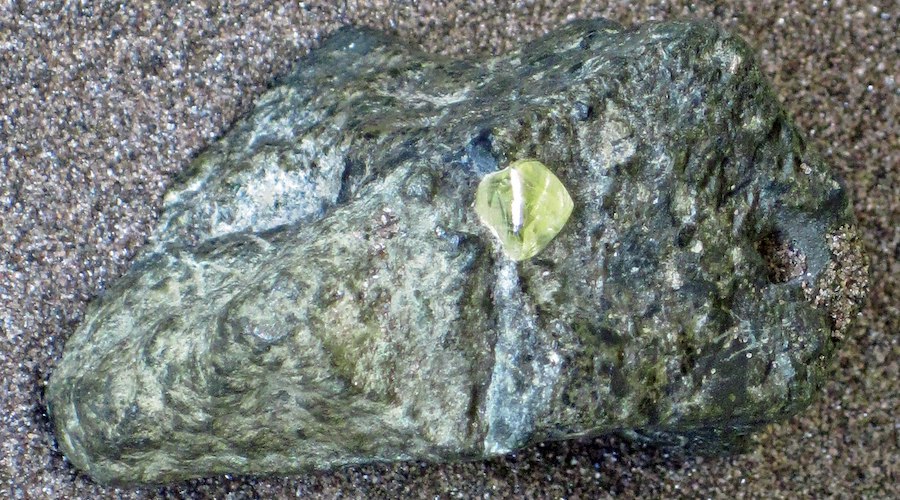
This means that the historical context of the gems is left behind and this has become problematic for planetary scientists, geo-biologists, paleontologists and others who have to treat equally rocks that formed billions of years ago in space as the carbon-rich atmospheres of dying stars expanded and cooled or diamonds that formed 5,000 years ago when a large meteorite struck a carbon-rich sediment on Earth.
The current system lumps together diamond, quartz and other materials with distinctly different historical origins while other minerals that share a common causal history are split apart
“We came together from the very different fields of philosophy and planetary science to see if there was a rigorous way to bring the dimension of time into discussions about the solid materials that compose Earth,” said Robert Hazen, one of the scientists involved in the study, which was published in Proceedings of the National Academy of Sciences.
Hazen explained that the IMA classification system for minerals dates to the 19th century when geologist James Dwight Dana outlined a way to categorize minerals on the basis of unique combinations of idealized compositions of major elements and geometrically idealized crystal structure.
But this system, for example, defines quartz as pure silicon dioxide when actually every specimen of quartz contains imperfections or traces of its formation process that makes it unique.
Like diamonds, then, quartz and other minerals with distinctly different historical origins are lumped together while other minerals that share a common causal history are split apart.
“Differences in a diamond or quartz crystal’s formative history are critical,” said Carol Cleland, philosophy of science professor at CU Boulder and lead author of the study.
In Cleland’s view, the conditions under which a sample was formed and the modifications it has undergone “are far more informative than the mere fact that a crystal qualifies as diamond or quartz.” Thus, planetary scientists need a new system of categorizing minerals that includes historical “natural kinds.”
Because a universal theory of “mineral evolution” does not exist, creating such a classification system for geosciences is challenging. In consequence, the researchers propose a “bootstrap” approach based on historically revelatory, information-rich chemical, physical, and biological attributes of solid materials.
They believe that this strategy allows scientists to build a historical system of mineral kinds while remaining agnostic about its underlying theoretical principles.
“Minerals are the most durable, information-rich objects we can study to understand our planet’s origin and evolution,” Hazen said. “Our new evolutionary approach to classifying minerals complements the existing protocols and offers the opportunity to rigorously document Earth’s history.”




